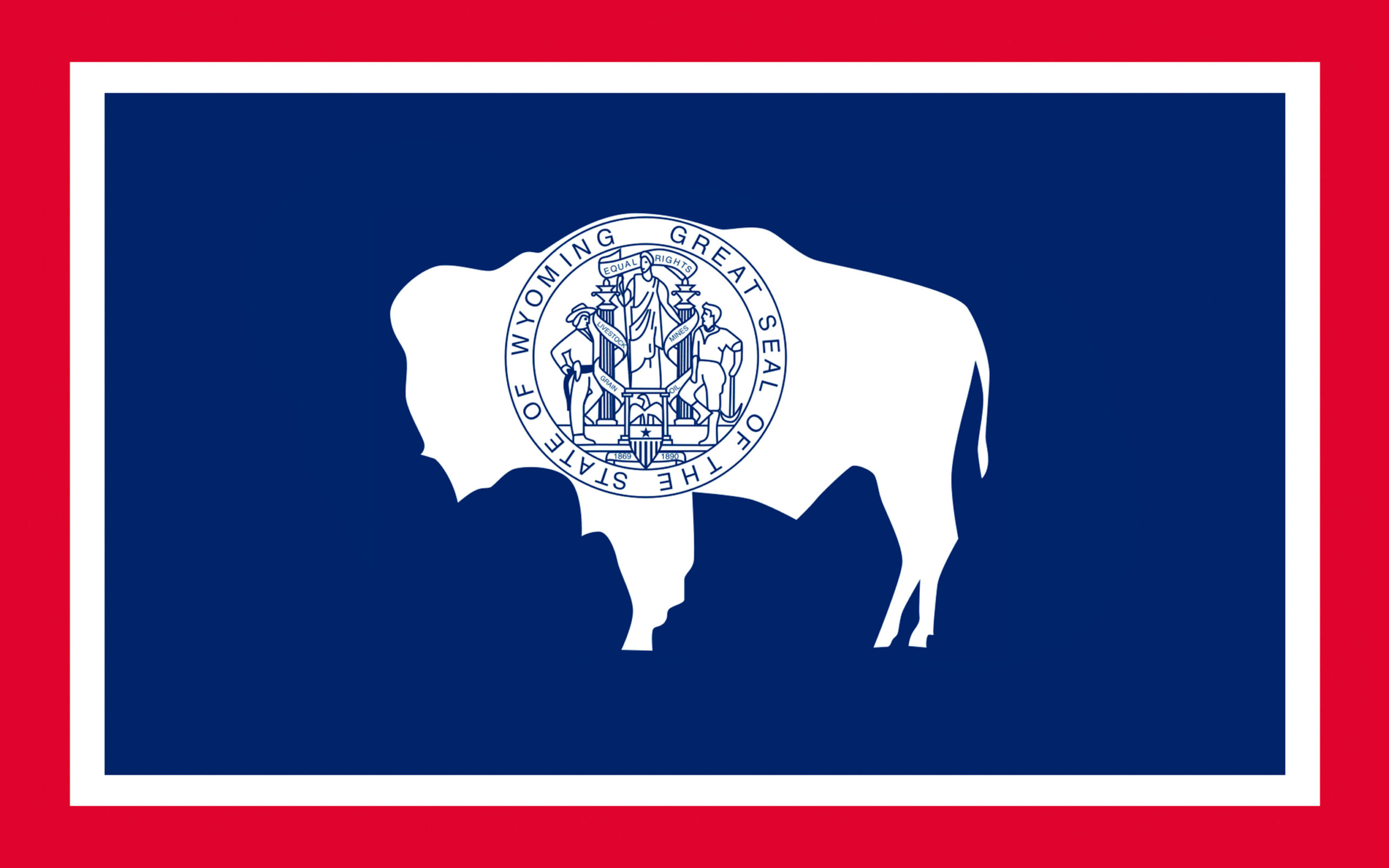THE SEX OFFENDER REGISTRATION & NOTIFICATION ACT (SORNA)
The Sex Offender Registration and Notification Act was created when the U.S. Congress passed the Adam Walsh Child Protection nad Safety Act of 2006.
SORNA was designed to strengthen a nationwide sex offender registration network while closing gaps and loopholes.
WHAT DOES THE ACT DO?
- Requires each state, tribe and territory to use the registry.
- Greatly expanded the kinds of sex offenses that require the offender to be placed on the registry
- Makes offenders register and provide updates on housing or employment.
- Offenders are required to report in-person to verify their information. The frequency of reporting in-person dependes on the offender’s risk level.
- Establishes a national registry database in which information is disseminated to the public.
- Designates minimum lengths of registration for offenders in a three tier system in which only the offense committed dictates the risk level of the offender.
AS OF 2024, ONLY EIGHTEEN STATES HAVE CHOSEN TO BE SUBSTANTIALLY COMPLIANT WITH SORNA. WYOMING IS ONE OF THOSE 18 STATES.
BACKGROUND
Jacob Wetterling Crimes Against Children and Sexually Violent Offender Registration Act
Jacob Wetterling was an 11-year-old boy from St. Joseph, Minnesota who was kidnapped and murdered on October 22, 1989.
The Wetterling Act was part of the Federal Violent Crime Control nad Law Enforcement Act of 1994. This law required each state to form sex offender registries of individuals who had committed sexually violent crimes or sexual offenses against children.
It was a tool to primarily aid law enforcement in keeping track of the whereabouts of former offenders. It was up to the discretion of each state whether or not they publically disseminated the offender information.
Twenty-seven years after he went missing, the remains of Jacob were found in September of 2016.
In 2015, Danny James Heinrich became a person of interest and was arrested on child pornagraphy charges. A plea agreement led to to a confession and the location of the remains of Jacob Wetterling in 2016.
Wetterling’s parents started the Jacob Wetterling Resource Cetner in 2008 to help educate the public about those who commit crimes against children.
Megan’s Law
In Hamilton Township, New Jersey on July 29, 1994, Jesse Timmendequas lured 7-year-old Megan Kanka into his house where he raped and murdered her.
Timmendequas was Kanka’s neighbor and had two previous child molestation convictions.
The assault and murder of Megan led to the new law which required law enforcement to disclose the location of registered sex offenders to the public.
Adam Walsh Child Protection and Safety Act
On July 27, 1981, Adam Walsh was abducted from a Sears department store in Hollywood, Florida. Two weeks later, his severed head was found in a drainage canal.
Walsh had been kidnapped by Ottis Toole, a drifter later found to be a serial killer. Soon after abducting the child, Toole strangled Adam Walsh and used a machete to decapitate him.
Toole was a suspect in the case, both the abduction and murder cases were considered to have been mishandeled by local law enforcement. Toole confessed to the murder, later recanted and was never charged.
Ottis Toole died in prison in 1996 which serving a life sentence for other crimes. In 2008, the case was closed by the Hollywood Police Department who were confident Toole had been responsible.
Adam’s father, John Walsh, became active in a political campaign to bring attention to missing and exploited children. Walsh’s activism led to a long television career and the show “America’s Most Wanted.”
In 2006, President George W. Bush signed the Adam Walsh Child Protection and Safety Act into law. The new law created the modern day national sex offender registry that is still in existence today.
The law created different tiers of risk, offender reporting requirements and determined lengths of time offenders would spend on the registry.
Jacob Wetterling Crimes Against Children and Sexually Violent Offender Registration Act
Megan's Law
The Pam Lyncher Sexual Offender Tracking and Identification Act of 1996
Department of Commerce, Justice and State, the Judiciary, and Related Agencies Appropriations Act of 1998
Protection of Children from Sexual Predators Act
Campus Sex Crimes Prevention Act
Prosecutorial Remedies and Other Tools to end the Exploitation of Children Today (PROTECT) Act
Adam Walsh Child Protection and Safety Act
Keeping the Internet Devoid of Predators Act (KIDS Act)
Military Sex Offender Reporting Act
International Megan's Law
People convicted of possessing child pornography receive long sentences, but new data suggest they are rarely arrested for contact offenses after their release.
9-Year-Olds Are Being Forced to Register as Sex Offenders. That Might Finally Change.
By Elizabeth Letourneau & Luke Malone
Registering kids makes them targets for violence and increases their risk for mental health and other problems—without reducing reoffending.
By Maria Blackburn
